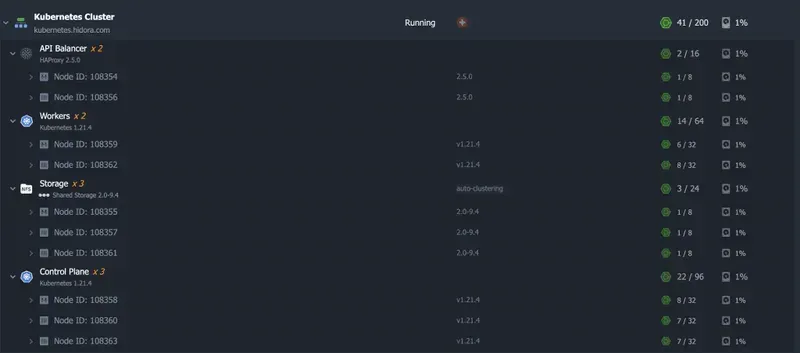What is Kubernetes?
Kubernetes is an open-source project that automates the deployment, scaling and management of containerised applications. It aims to provide a platform for automating the deployment, operation and scaling of containerised applications. To give you a better idea of what Kubernetes does and why it’s important in development today, we’ll take a closer look at what exactly Kubernetes is and how it fits into your software development strategy. The technology behind Kubernetes is very complex; however, everything you really need to know about it can be understood by looking at some key features. The main features are: automated deployments, horizontal scaling of services through replication controllers, service discovery using DNS-based services or API server extensions (e.g. Custom Resource Definitions), application health monitoring, networking of different hosts/instances/containers using Weave Net (port forwarding), self-repairing clusters with the distributed key-value shop etc. Sound complicated? Actually, no! All these things are already supported by Jelastic PaaS, so there is no need to worry about configurations or setups.

Why choose the Jelastic platform?
For many, deploying Kubernetes can be a daunting task. If you have experience with complex configurations or are trying to scale horizontally, hosting Kubernetes on dedicated hardware is probably your best option. But if you’re just looking for a managed Kubernetes service, nothing beats Jelastic’s Hidora platform. Our PaaS platform offers an easy way to deploy containerised applications without having to worry about scaling or maintaining your cluster. This means no more tracking how much memory each pod needs, managing port forwarding rules or allocating storage space. You can spend all that time on what matters: building something really special. And that’s exactly what our customers do day in and day out: the key to their success!

How does it work?
Rancher leverages the built-in deployment, scaling and monitoring components of Kubernetes. With our latest integration for Hidora , users can deploy clusters with a few clicks, monitor them via Grafana dashboards, and scale them to handle varying workloads. Once you start using Rancher to control your Kubernetes cluster, you may want to take advantage of one of its many features, such as persistent updates, granular permissions or metrics collection. We’ve made it easy to provision these features by making them all available as add-ons that are automatically installed when you deploy your cluster.

How to deploy Kubernetes on Jelastic?
The most efficient way to get started with Kubernetes is to use an automated solution. With all the possible tools built into Jelastic, deploying a Kubernetes environment has never been easier. The solution is designed for automatic scaling with a pay-per-use pricing model. Users simply create a custom Kubernetes cluster and add the required services, and deploy everything with a single click. In addition, users have full access to their servers and full control over the clusters they create, including server configurations and billing details. All existing web applications can be hosted on the cluster created by Rancher 2 and automatically configured by the Grafana monitoring application as well as the Prometheus real-time performance monitoring tool, which comes with other utilities. There is also Jaegger, which allows users to measure the behaviour of applications and data pipeline applications enabling better management of microservices architectures for developing cloud-native applications on different infrastructures, environments or containers.








